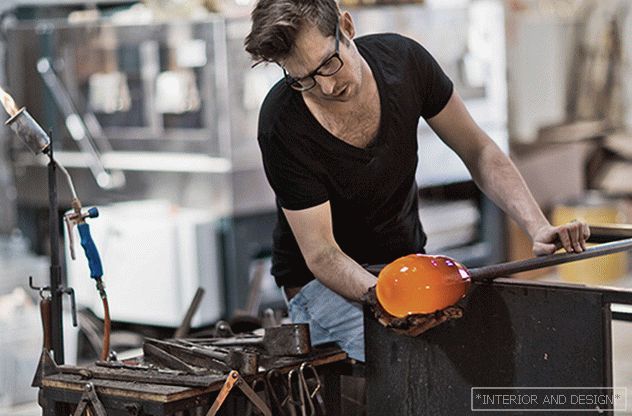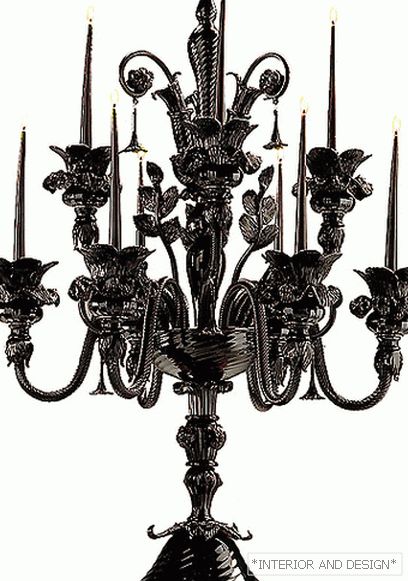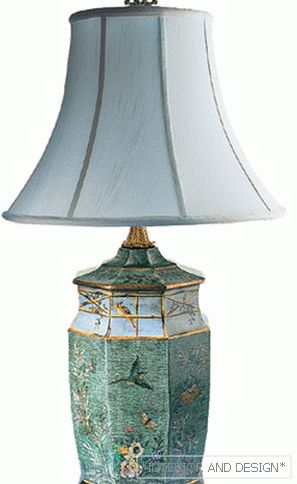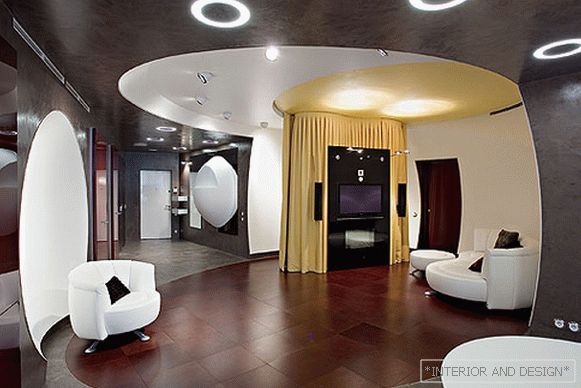Vienna Design Week (September 29 - October 8, 2017) - Austria's largest design festival announces about 200 events and exhibitions, discussions, workshops, pop-up shops and other events.
Related: London design festival 2017: 12 most beautiful projects
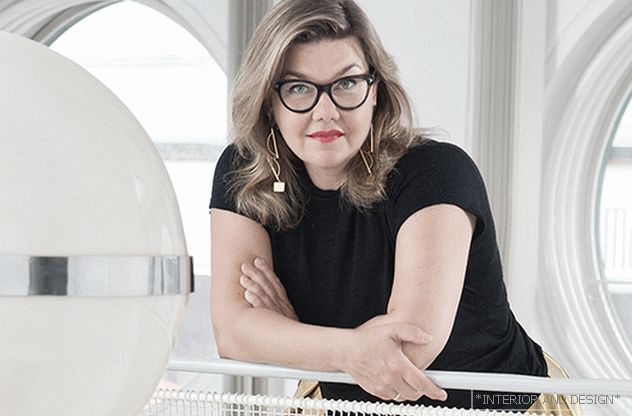
A large-scale project was initiated and organized by Lilli Hollein, the daughter of the famous Austrian architect Hans Hollein: “In the last 10-15 years, design has absorbed many disciplines, succeeding in solving complex issues. The festival shows how design shapes our material culture, everyday life and consumer world. At the same time, he explores how design affects lifestyle and, most importantly, our aesthetic feelings and judgments. ”
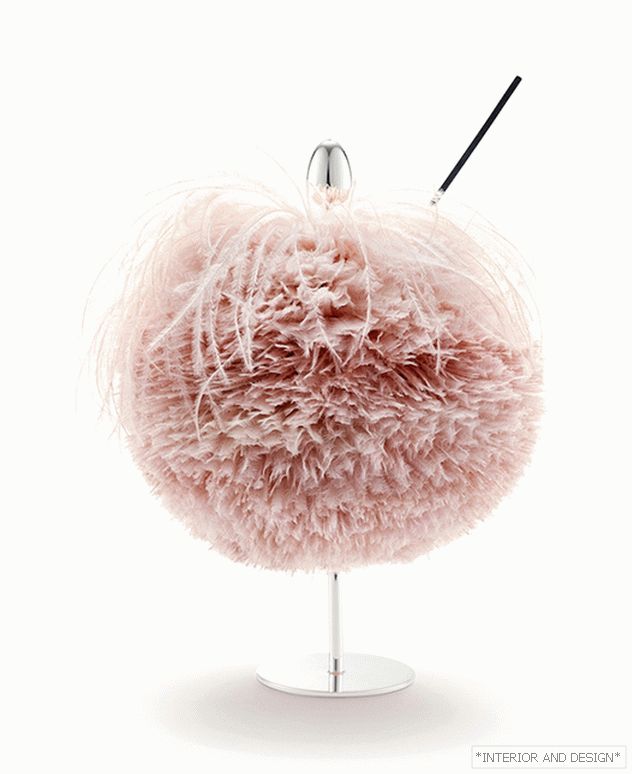
Each year, the design week changes its location and selects the guest country. In 2017, the focus was on the Romanian design and the 15th district of the Austrian capital - the old working-class district, which is becoming a fashionable area of creative industries. “We use a place that is loved by young talents, because we are really looking for new talents,” said Lilly. - Of course, the project summarizes a whole range of measures for social development. During the eleven festival years, a special success was received by the project, which we called Passionswege - an association of designers from different countries into joint teams, when we see how one learns from another. In the 15th district, we chose two outposts, Blaues Haus and Z-Sparkasse, where we set up our headquarters, calling them Festivalzentrale Nord and Festivalzentrale Süd. ”
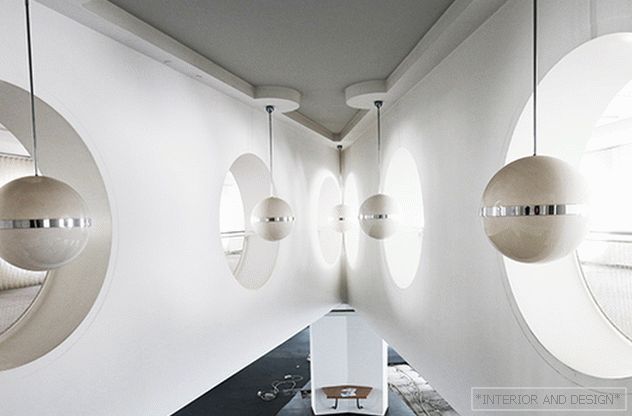
One of the most fashionable projects of Vienna Design Week 2017 - Designing Craft, Crafting Design ("Craft design, craft design"). This exhibition shows the joint efforts of London's Royal College of Art (RCA) and the Werkraum Bregenzerwald organizations along with the Diaméter Collective. The exhibition held at Festivalzentrale Süd is divided into three parts: the material culture of the Bregenzerwald, the obviousness and non-obviousness of the craft, as well as the rethinking of materials and practices.
